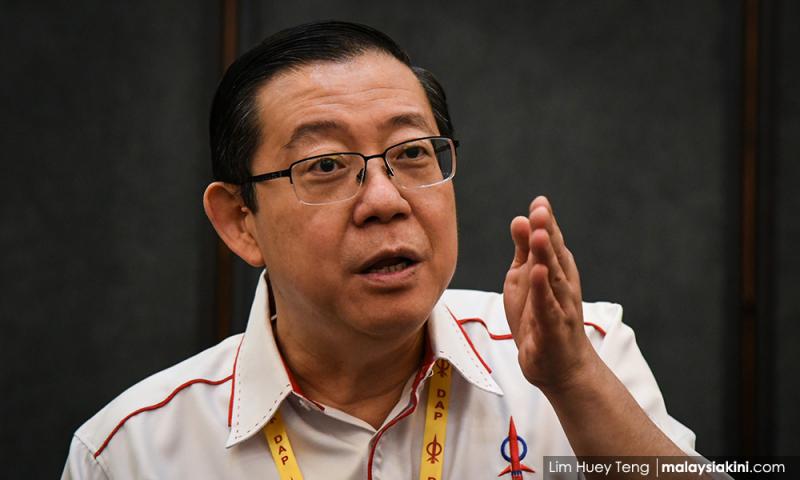New questions over that 'RM1 trillion debt'
QUESTION TIME | Finance Minister Lim Guan Eng's statement that the government has managed to bring down the country’s debt-to-GDP ratio by reducing expenditure needs some critical analysis to see how much of what he says can be justified.
Lim said: “One example has been the ability of the government to control and reduce its overall debt and liabilities to 75.4 percent of the GDP in 2018 from 79.3 percent in 2017, as announced by the newly established Debt Management Committee.
"Despite a rise in direct government debt, overall government debt and liabilities dropped 3.9 percentage points due to successful cost rationalisation of both overpriced megaprojects and public-private partnership (PPP) payments.”
Lim uses two tables which I reproduce to explain his statement. Table 1 shows the cost savings he claims were made, which reduced the debts and liabilities as a percentage of GDP, while Table 2 breaks down the change in the debt-to-GDP ratio according to the category of debt and liabilities.
(GDP is gross domestic product, a measure of goods and services produced in the economy in a year. The debt-to-GDP ratio is a measure of the indebtedness of a country relative to its output - too high a level indicates that debts may be too much.)
There are two areas where we can take issue with part of Lim’s statements. The first one involves Table 1, which states that there is an RM21.5 billion saving in the East Coast Rail Link (ECRL) costs. This "saving" was negotiated and announced by Daim Zainuddin only about two months ago.
Therefore, it cannot be reflected in the end-2018 balance sheet items for debts and liabilities, and could not have contributed in any way at all to debt reductions during the period. It is wrong to say that they have, as Lim did...
RM12.50 / month
- Unlimited access to award-winning journalism
- Comment and share your opinions on all our articles
- Gift interesting stories to your friends
- Tax deductable

 P Gunasegaram
P Gunasegaram